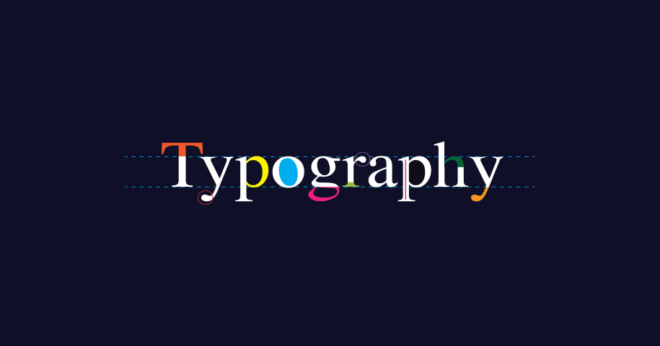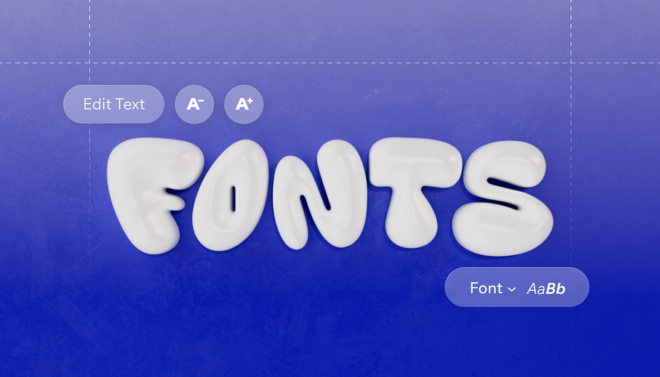Have you ever encountered a website where reading the text required squinting or straining to read clearly? Or have you come across one with an overwhelming layout, making navigation difficult? These examples demonstrate just how typography can greatly influence website designs.
Typography refers to the arrangement and display of text on a page. As an integral component of web design, typography plays an instrumental role in shaping its look and feel. In this blog post, we’ll examine typography’s impact on website creation and why its consideration is crucial when creating an online space.
1. Creating a Consistent Brand Identity
Typography is essential to creating a consistent brand identity, as website text’s font, size, and color can tell a great deal about a business’s brand image. A website using bold and large font may convey more modern or edgy attributes, while one using more elegant and traditional fonts may make a more sophisticated and professional impression.
Maintaining uniform typography across a website is crucial to creating a strong brand identity and seamless user experience. A website featuring various fonts and sizes may appear unprofessional and confusing. Hiring a Melbourne web design agency to create consistent brand identities through typography may help businesses achieve that aim.
2. Improving Readability

Typography’s primary role in web design is to increase readability. The text should be easy for visitors to read. Poor typography can make reading and navigating a website frustrating for users. Web designers looking to increase readability should carefully consider font type, font size, line spacing, and color contrast when designing websites. Sans-serif fonts like Arial and Helvetica are frequently employed due to their ease of readability on screens.
Color contrast is another critical component in improving readability. Text colors should contrast well against their respective backgrounds to make reading easier for users. Black text on white backgrounds is a classic example that’s soothing to the eyes.
3. Creating Hierarchy and Emphasis
Typography can also be used to emphasize specific text on websites, which is especially helpful when the website contains a lot of content. By employing various font sizes, colors, and styles on particular elements, they can draw attention to essential data while simultaneously creating a hierarchy and clear structure for this information.
As an example, the primary headline of a website should use larger font sizes than subheadings, which should have larger font sizes than body text. Emphasis can also be added by bolding or italicizing text or choosing different font styles.
4. Establishing a Mood and Tone

Typography can also help establish the mood and tone of websites by using text styles that communicate a sense of fun or serious professionalism. Typographic fonts give off an aura, creating a lighthearted and playful experience or a professional yet authoritative atmosphere on websites.
For example, websites for children’s toy stores may use more playful fonts, such as Comic Sans, while websites for law firms may opt for something more traditional such as Times New Roman.
Conclusion
Typography is an essential aspect of web design, making an impressionable first impression and improving readability while setting an appealing and user-friendly atmosphere on any site. Web designers must consider this design element to maintain brand consistency, improve readability and create hierarchy and emphasis when creating their websites. Suppose you’re seeking to create a website with exceptional typography. In that case, it’s worth considering a professional web design Melbourne agency to assist you in creating a visually pleasing, functional, and user-friendly website.



